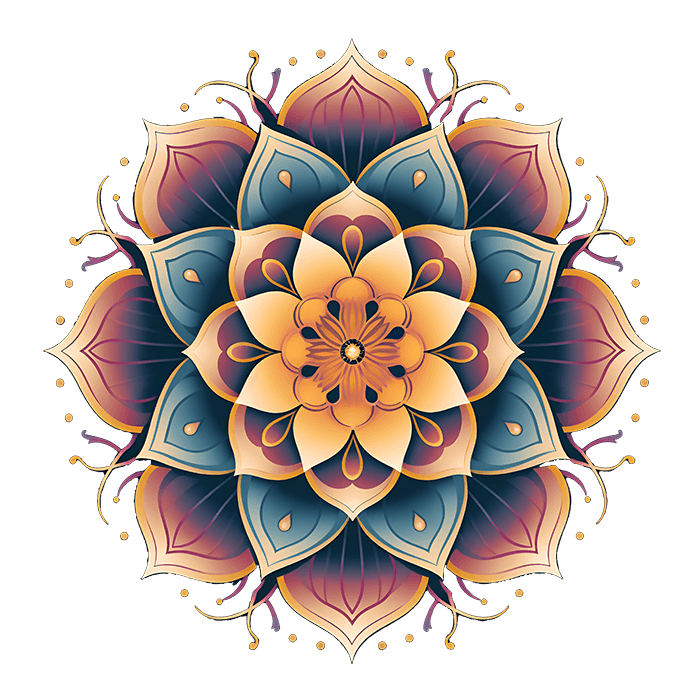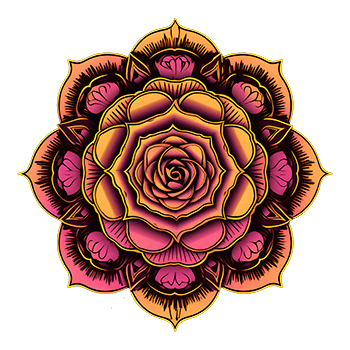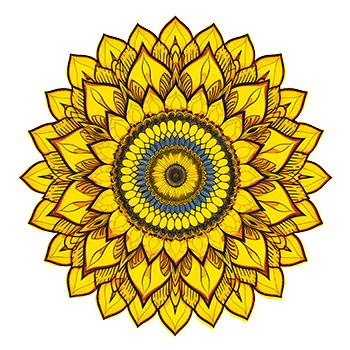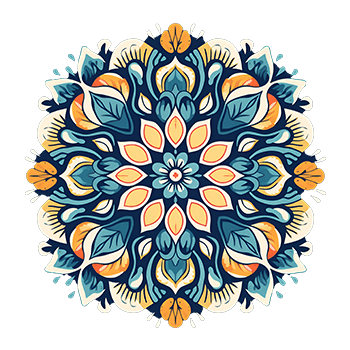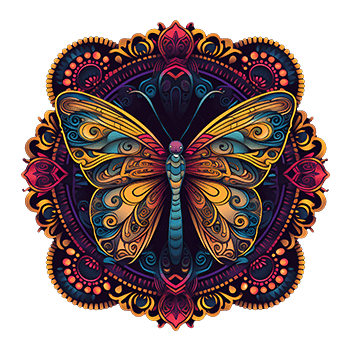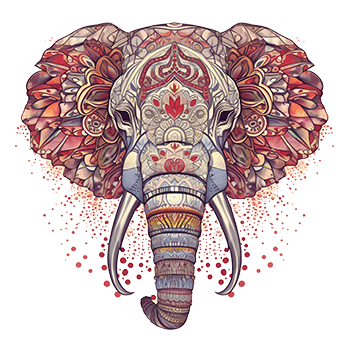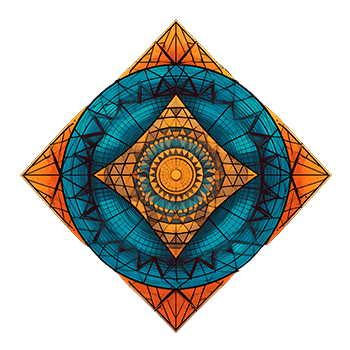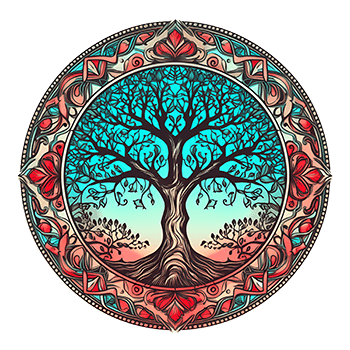Introduction: Mandala design, with its intricate patterns and spiritual symbolism, offers a unique and captivating artistic outlet for those who wish to express their creativity while also exploring deeper aspects of themselves. The process of creating a mandala can be both meditative and transformative, allowing artists to tap into their intuition and discover new insights about their inner world. In this blog post, we will delve into the creative process behind mandala design from an artist's perspective, discussing the inspiration, techniques, and personal growth that can arise from this ancient art form.
-
Finding Inspiration: The inspiration for a mandala design can come from a variety of sources, such as nature, spiritual beliefs, personal experiences, or even dreams. Some artists may choose to create mandalas that represent specific themes or concepts, while others may prefer to let their intuition guide them in the design process. Regardless of the source of inspiration, the process of creating a mandala often begins with quiet reflection and contemplation, allowing the artist to connect with their inner self and uncover the ideas that resonate with them on a deeper level.
-
Choosing the Medium and Techniques: Mandala designs can be created using a wide range of artistic mediums, from traditional methods such as drawing, painting, and carving, to more modern techniques such as digital illustration and graphic design. The choice of medium and technique will depend on the artist's personal preferences and skills, as well as the intended purpose and audience for the mandala. Some artists may find that working with certain mediums, such as colored pencils or watercolors, allows them to better express their emotions and ideas, while others may prefer the precision and control offered by digital tools.
-
Establishing the Structure: One of the defining characteristics of a mandala is its symmetrical and geometric structure, which often consists of a central focal point surrounded by concentric circles and various shapes and patterns. To create this structure, artists typically begin by drawing a series of guidelines, such as a grid or a series of circles, to help maintain balance and symmetry throughout the design. These guidelines can also serve as a framework for the artist to explore different patterns and motifs, experimenting with various combinations and arrangements until they find the design that best captures their vision.
-
Adding Details and Symbolism: Once the basic structure of the mandala has been established, the artist can begin to add details and symbolism to the design. This may involve incorporating specific shapes, colors, or patterns that hold personal or spiritual significance, or experimenting with different textures and shading techniques to add depth and dimension to the design. The process of adding these details can be both meditative and introspective, as the artist reflects on the meaning behind each element and how it relates to their personal journey and growth.
-
The Completion and Reflection: The final stage in the creative process of mandala design is the completion of the artwork and a period of reflection on the finished piece. This can be a deeply rewarding and transformative experience, as the artist contemplates the meaning and symbolism behind their creation and the insights they have gained through the process. For many artists, the act of creating a mandala can be a form of self-discovery and healing, allowing them to connect with their inner self and find a sense of balance and harmony in their lives.
Conclusion: The creative process behind mandala design is a deeply personal and introspective journey that offers artists the opportunity to explore their emotions, beliefs, and experiences while also engaging in a meditative and transformative art form. By delving into the world of mandala design, artists can discover new insights about themselves and their spiritual journey, creating meaningful and captivating artwork that reflects the beauty and complexity of the human experience.

